No one can say whether digital currencies will one day be the global payment of preference, or whether perhaps a different national currency will replace the dollar as the de facto world currency. Here’s a look at some important events in the past that have helped shape today’s global currency issues.
1863: NATIONAL BANK ACT. Congress during the Civil War creates a system of nationally chartered banks with authority to issue notes backed by U.S. government securities. State banks continue to issue their own notes.
THE PANIC OF 1907. One of a series of financial crises, the Panic of 1907 results in numerous bank runs and closures. J.P. Morgan and other wealthy financiers make personal loans to return solvency to the system.
1908: ALDRICH-VREELAND ACT. Congress passes a bill forming a group of banks with authorization to issue temporary currency. The idea is controversial to some because, while seen as a remedy for a banking system in need of reform, control of the group is still in private hands.
1913: FEDERAL RESERVE SYSTEM. The Federal Reserve Act creates a decentralized central bank with 12 districts. The system is seen as balancing the interests of private banks and the public.
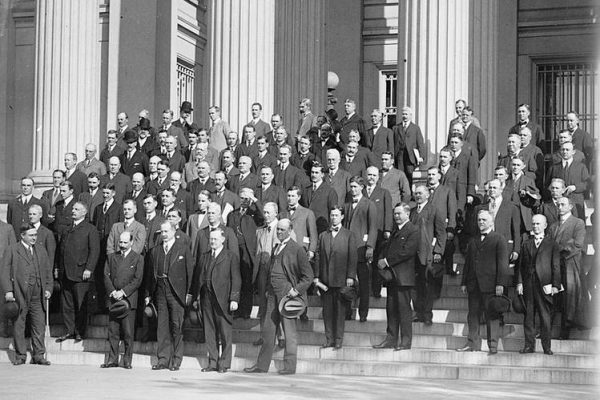
1922-24: REICHSMARK INTRODUCTION. Germany’s postwar economic struggles lead to out-of-control inflation. A new currency, the Rentenmark, is introduced in 1923 to restore stability. It is replaced the following year by the Reichsmark, with a value equal to the prewar gold-based mark.
1929-36: THE GREAT CRASH AND DEPRESSION. The collapse of U.S. stock prices and subsequent global economic turmoil result in international banking crises that lead the U.S., Britain and France to abandon the gold standard.
1930: BANK FOR INTERNATIONAL SETTLEMENTS. Bank for International Settlements is created to oversee reparations payments from Germany. The Switzerland-based BIS would become in effect the central bank for some 60 central banks around the world, helping pursue, in its words, “monetary and financial stability.”
1936: TRIPARTITE AGREEMENT. The U.K., France and the U.S. sign an agreement to stabilize exchange rates. The agreement soon falls apart with the advent of World War II.
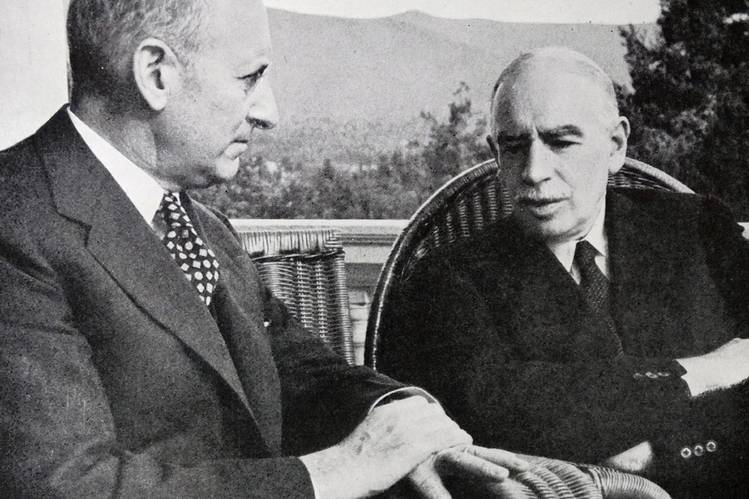
1944: BRETTON WOODS. As World War II nears its end, the Allied nations reach an agreement in Bretton Woods, N.H., in which each country’s central bank promises to maintain fixed exchange rates between their currencies and the dollar. The agreement effectively makes the dollar a substitute for the world’s supply of gold.
1945-46: STERLING STRUGGLES. The British pound is made fully convertible as a condition for receiving U.S. loans totaling $4.34 billion in the aftermath of the war.
1945-48: THE DEUTSCHEMARK. With its economy in ruins and experiencing hyperinflation again, Germany replaces the Reichsmark with the Deutschemark.
1949: CURRENCY DEVALUATIONS. Britain devalues the pound by about 30% versus the dollar, starting an international realignment of exchange rates in which many other countries devalue their currencies against the U.S. dollar, including Australia and India.
1957: TREATY OF ROME. Belgium, Holland, Luxembourg, France, Germany and Italy sign a treaty to form the European Economic Community, which eventually evolves into the trading bloc known today as the European Union.
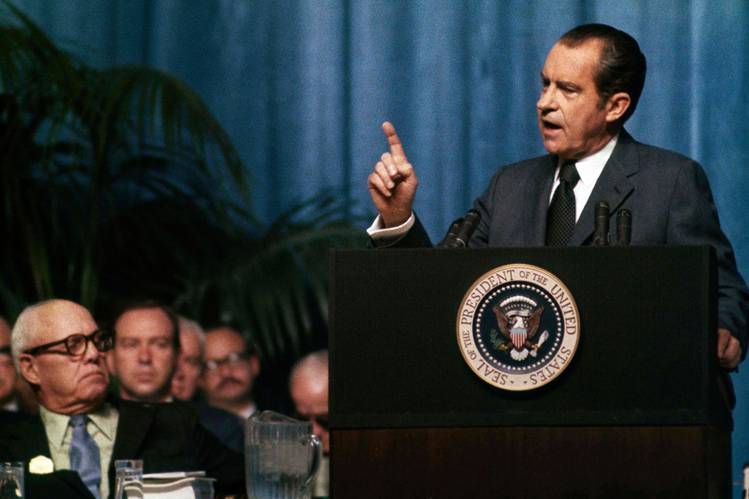
1971-73: BRETTON WOODS COLLAPSE. U.S. President Richard Nixon ends the convertibility of dollars to gold. At Bretton Woods in 1944, participants had agreed to keep their currencies fixed to the dollar, and the dollar was fixed to gold. In 1973, the U.S. officially ends its adherence to the gold standard. Britain ends sterling’s official link to gold in 1972.
1979: EUROPEAN MONETARY SYSTEM. European Monetary System. One of many steps that eventually lead to the creation of the euro, the adoption of the EMS is accompanied by an exchange-rate mechanism in which central banks of the member states agree to keep their currencies within a narrow trading band.
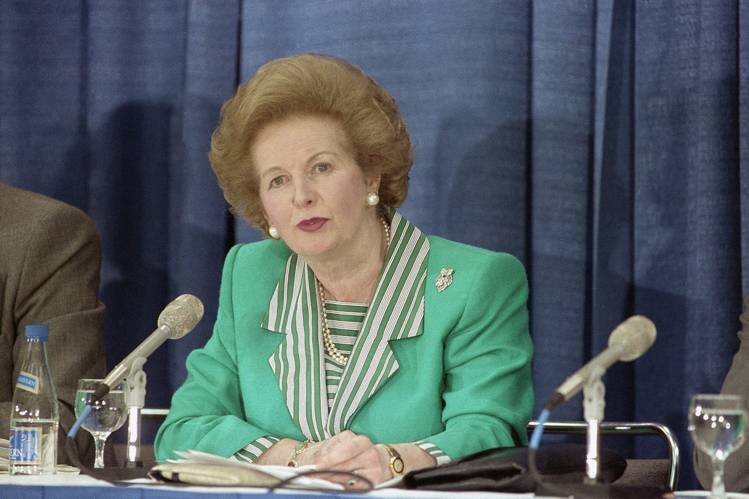
OCT. 24, 1979: BRITISH CONTROLS. Britain abolishes all foreign-exchange controls, strengthening the role of London in the world’s financial markets.
OCT. 8, 1990: BRITAIN JOINS ERM. Britain joins the European Exchange Rate Mechanism, motivated, at least in part, by the country’s repeated failure to meet its money-supply targets.
FEB. 7, 1992: MAASTRICHT TREATY. Leaders of the 12 European Community nations agree to move ahead with plans to form the EU, authorizing elections, a central banking system and a single currency.
SEPT. 16, 1992: POUND SHORTING. George Soros sells short more than $10 billion of the pound, sending the currency plunging below $2. The Bank of England later is forced to pull the pound out of the European ERM and devalue it.
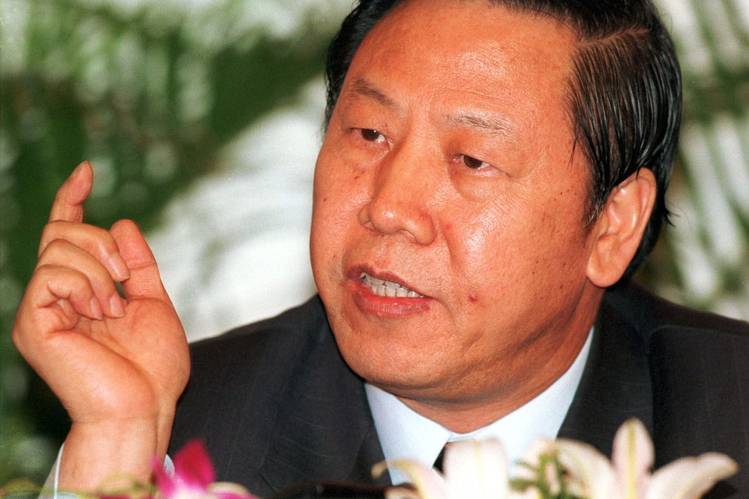
MAY 25, 1993: YUAN DISPUTE. The U.S. Treasury labels China a currency manipulator in a report to Congress. China is kept on the list in Treasury reports for September 1993 and July 1994.
JAN. 1, 1994: YUAN DEVALUATION. China moves the official exchange rate for the yuan from 5.8 to the U.S. dollar to the prevailing market-determined rate of 8.7, devaluing the yuan by 33% overnight as part of reforms to establish a socialist market economy. The new “controlled floating-rate system” lets the yuan move on the market within a narrow government-determined range.
DEC. 1, 1996: CONVERTIBLE YUAN. China allows the yuan to be fully convertible into foreign currencies for trade purposes but maintains rules and limits on buying and selling foreign currencies to make loans and investments.
1997-99: YUAN PEGGED TO DOLLAR. China pegs the yuan at 8.28 to the U.S. dollar through frequent central-bank interventions.
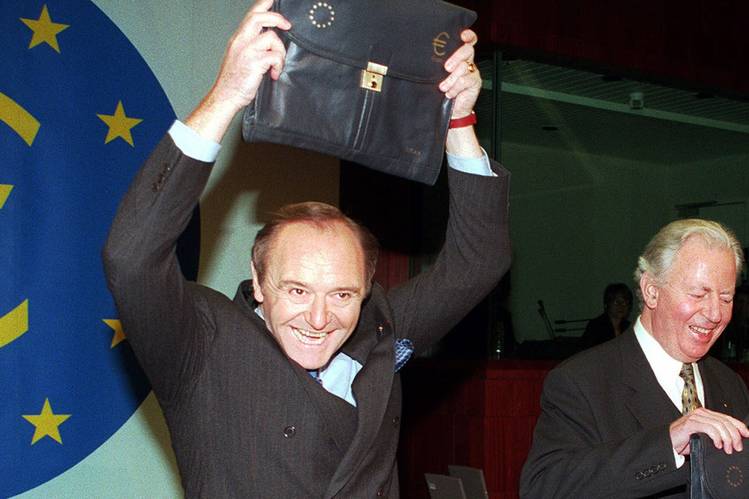
JAN. 1, 1999: THE EURO. The euro becomes the common currency of 11 of the member states of the European Union, not including the U.K.
2001: CHINA JOINS WTO. China begins to relax capital controls gradually after joining the World Trade Organization, but international pressure grows for China to let the yuan appreciate faster to help balance global trade.
JULY 21, 2005: CHINA SHIFT. China shifts from a decade-old peg against the dollar to a managed float, based on a basket of currencies. It lowers the value of the yuan 2.1% overnight to 8.11 against the dollar.
JULY 2008-JUNE 2010: LOWER YUAN. China effectively pegs the yuan against the dollar at 6.83 as an emergency measure to help stabilize China’s economy amid the worsening global financial and economic crisis.
JULY 19, 2010: YUAN EXPANSION. China’s central bank and the Hong Kong Monetary Authority agree to expand the scope of yuan clearing in Hong Kong, and offshore yuan trading begins to take off.
JAN. 12, 2011: YUAN TRADING. Bank of China opens yuan trading for U.S. customers.
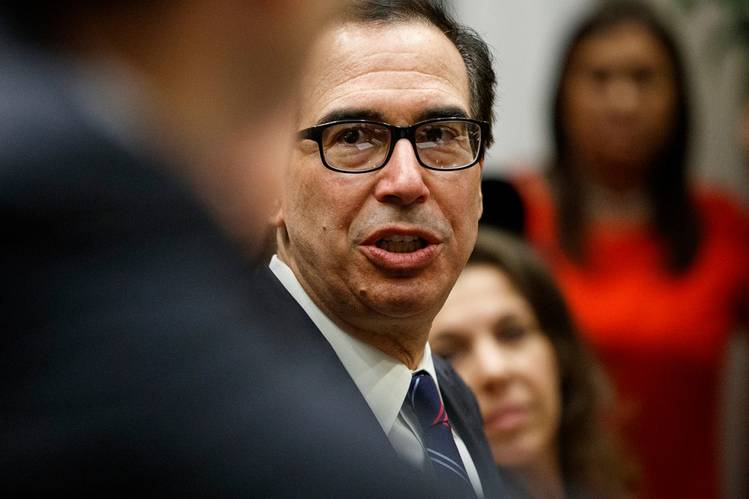
AUG. 4, 2019: CURRENCY MANIPULATION. The U.S. Treasury again labels China a currency manipulator after the Chinese central bank let the yuan depreciate to a low of 7.1087 to the dollar in Hong Kong. The move comes amid a trade war between the U.S. and China that has spooked financial markets and fueled fears of a stall in the U.S.’s economic expansion.
Sources: U.S. Federal Reserve; U.S. Treasury Department; “A History of Money,” by Glyn Davies, University of Wales; Bank of England; Central Bank of Europe; Bank for International Settlements; Global Financial Data; Museum of American Finance; The Wall Street Journal
Copyright ©2019 Dow Jones & Company, Inc. All Rights Reserved. 87990cbe856818d5eddac44c7b1cdeb8
